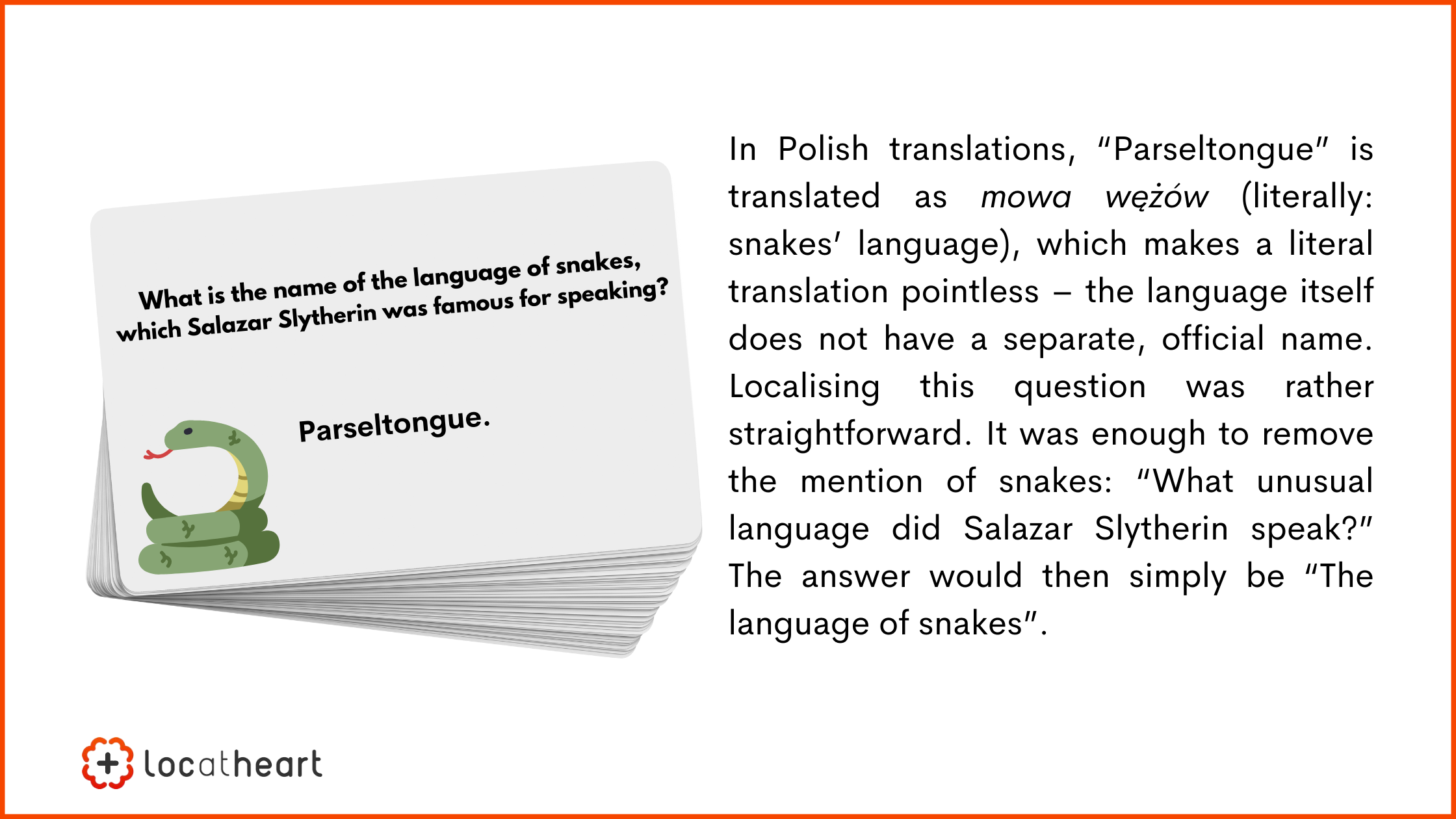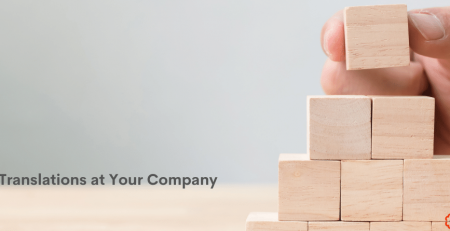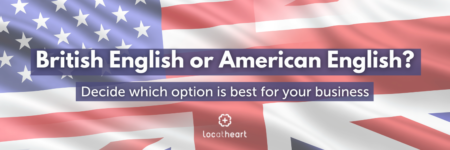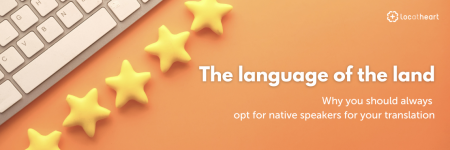Case study: board and card games manufacturer
One of the companies we work with is a well-known board and card games manufacturer with branches all over the world – e.g., in the USA, Australia, Germany and Poland. In the course of our cooperation – that has been going on for more than four years now – we have completed over 400 translation projects into, for instance, French, Spanish, Italian, Czech, Mandarin, Portuguese, Polish and English.
Completing such a huge number of assignments is no mean feat, especially when they encompass a wide variety of topics! We translate not only games based on iconic pop culture works, but also those connected to geography, history, motorisation or environment.
We believe that engagement in the localisation process, initiative in proposing new solutions and finding sources, as well as watchfulness while looking for information are the main factors required for a successful game localisation.
Below we provide a detailed description of the selected aspects of this job.
CONSISTENCY:
In the case of big, worldwide licenses, consistency is the key – we are well aware of that, which is why we have suggested a solution consisting in creating separate translation memories for each version of a given license, completed with official translations of the basic version.
Additionally, we have developed a base Excel file containing every possible translation of the basic version.
It is extremely helpful during both translation and proofreading, as it minimises the risk of making a mistake.

LAYOUT:
Materials that make up a game usually combine graphics and text elements – which is why they are usually created in graphics software.
Since we are aware of that and we want to make all processes as efficient as possible – not only from our end, but also from the client’s end – we use translation tools that allow for making changes directly in the graphics files (IDML).
It helps us eliminate errors that are a frequent outcome of the (not so) good, old copy-paste method, and it makes it possible to shorten the DTP process itself and keep the source formatting.
CONTEXT:
When it comes to games based on worldwide hits (e.g., popular books, films or TV series), we often face problems arising from the differences between the original and localised versions which we – understandably – use when creating content for a given region (the said issues are, for instance, discrepancies between the original dialogues and dubbing, unique translation of jokes in novels, or untranslated graphics elements appearing in TV series).
In such cases, we never settle for a word-for-word translation that totally ignores context.
Instead, we put forward alternative solutions that – even though they deviate from the original version of a game – perfectly match the rest of the provided materials and are recognisable for recipients from a given region.
This also applies to the translation of quiz games, since they often contain questions closely related to the language or culture of a country in which they were created.

TERMINOLOGY:
When it comes to licensed games, it is best to work with an official dictionary of terms, approved by the licensor – however, since gaining access to such file is not always possible, our linguists implement an alternative process that we created, consisting in using official Internet sources, trustworthy fandom publications and their own knowledge – after all, they are specialists in the game industry and avid fans of the entertainment culture (you can read more about them and their work in our article).

TWO-STEP TECHNICAL CHECK:
In order to maximally reduce the risk of overlooking any defects, we have created and implemented an effective two-step process of checking files.
The first step is performed by a native speaker of the language in question – it is usually a qualified linguist who was not involved in translating or editing the file.
Their job is to focus on finding small errors, such as typos or missing commas – at this stage, we no longer implement preferential changes.
Then, the file with suggestions is sent to one of our in-house linguists. They are to check if the issues indicated by the native speaker are present somewhere else in the file – thanks to that, we are almost 100% sure that we deliver materials that are flawless.
COMMUNICATION:
We focus not only on linguistic aspects – we also try to optimise processes connected to cooperation and communication.
There was a time when each project coordinator composed messages as they saw fit. Some of them included more details, others simply sent a file, saying that it was to be translated.
Now, all coordinators – both those from our agency and those working directly for the client in various places all over the world – use a jointly created template: it requires everyone to put all the essential information (e.g., the licensor’s data, links to trustworthy Internet sources and the deadline) and to add the necessary files (e.g., the source and the referential ones).
Whenever our client reaches out to us with a question or a doubt, we investigate the matter and try to determine which steps of the process require improvement – and whether the communication itself could be facilitated.
We are constantly reflecting on how we can make everything run even more smoothly and effortlessly.
We are updating the company’s resources with new solutions, guidelines, suggestions and changes.
There are many more ideas in our heads, and we sincerely hope that soon we will be able to put them into practice together!






Leave a Reply